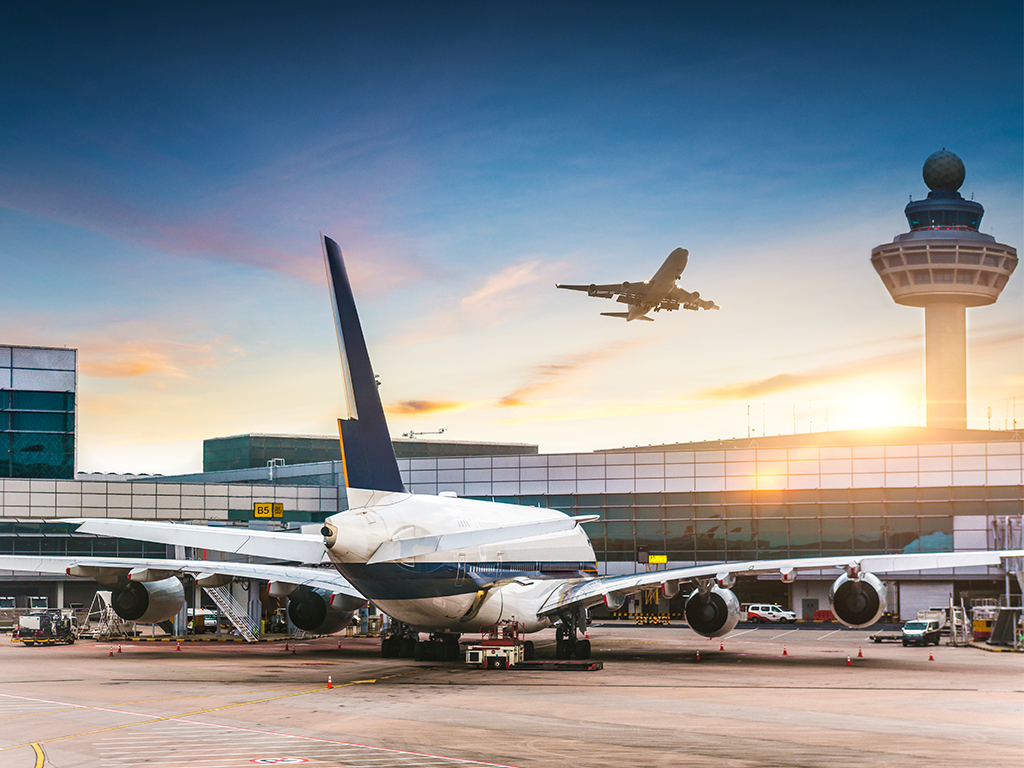In today's fast-paced world, transportation plays a vital role in connecting people and facilitating global trade. However, as we strive for progress, we must also acknowledge the environmental consequences of our choices. Among various forms of transport, it is crucial to examine which one has the most detrimental impact on the environment. In this blog post, we will delve into the environmental implications of different modes of transportation and shed light on why air travel stands out as the worst offender.
- Carbon Footprint:
When it comes to greenhouse gas emissions, air travel leaves an indelible mark on our planet. The burning of aviation fuel releases substantial amounts of carbon dioxide (CO2), contributing to global warming. In fact, according to the International Air Transport Association (IATA), the aviation industry accounts for approximately 2% of global CO2 emissions. - High Altitude Effects:
Unlike other forms of transportation, airplanes operate at high altitudes where their emissions have a more significant impact on the environment. The release of CO2, nitrogen oxides (NOx), and water vapor at such heights leads to the formation of contrails and cirrus clouds. These clouds trap heat within the Earth's atmosphere, exacerbating the greenhouse effect and further contributing to climate change. - Non-CO2 Emissions:
While CO2 emissions are a significant concern, air travel also generates non-CO2 emissions that have adverse effects on the environment. These emissions include nitrogen oxides, sulfur oxides, and particulate matter. Nitrogen oxides, in particular, contribute to the formation of ground-level ozone, a harmful air pollutant that affects both human health and the environment. - Land Use and Noise Pollution:
Airports require vast amounts of land for infrastructure, including runways, terminals, and maintenance facilities. The expansion of airports often leads to deforestation, habitat destruction, and displacement of local communities. Additionally, the noise pollution caused by aircraft disturbs wildlife, disrupts ecosystems, and impacts the well-being of nearby residents. - Alternative Solutions:
To mitigate the environmental impact of air travel, various solutions are being explored. These include the development of more fuel-efficient aircraft, the use of sustainable aviation fuels, and the implementation of carbon offset programs. Additionally, advancements in high-speed rail systems and the promotion of video conferencing as an alternative to business travel can help reduce the reliance on air transport.
Conclusion:
While air travel has undoubtedly revolutionized global connectivity, it comes at a significant cost to the environment. The high levels of CO2 emissions, non-CO2 emissions, land use, and noise pollution associated with air travel make it the worst form of transport for the environment. As individuals and as a society, we must strive to find sustainable alternatives and support initiatives that prioritize environmental conservation without compromising our need for mobility and connectivity. Only through collective efforts can we ensure a greener and more sustainable future for generations to come.


